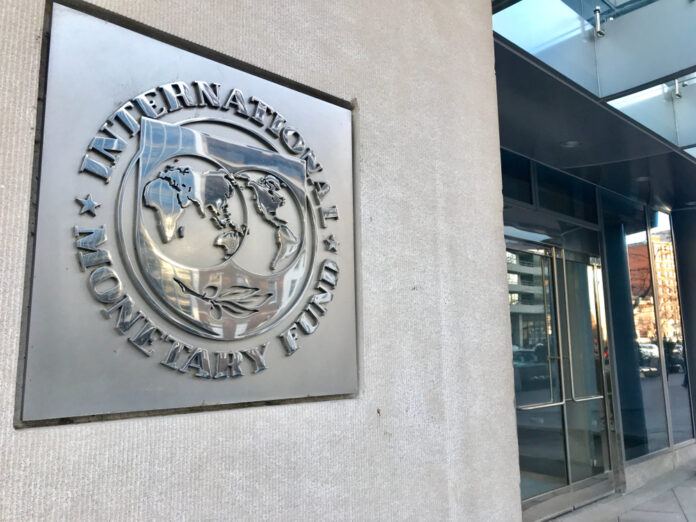Asia and Pacific countries like the Philippines are seen collectively pushing local output growth, measured as the gross domestic product (GDP), averaging higher than global output growth at 4.6 percent this year, according to the latest Regional Economic Outlook published by the International Monetary Fund (IMF).
This accelerates from last year’s actual performance of only 3.9 percent, making the region a bright spot than other regions given that global output growth is projected at no more than 3 percent this year.
This year’s projected performance, however, will likely moderate next year when the region will likely expand by only 4.2 percent.
“Growth in the region is projected at 4.6 percent in 2023, an increase from 3.9 percent in 2022, and broadly as projected in the May 2023 Regional Economic Outlook. The Asia and Pacific region thus remains a relatively bright spot compared to 3 percent expected global growth this year,” the IMF, which only recently concluded the annual spring meetings of member countries in Marrakech, Morocco, said.
According to the IMF, the global economic background has proven challenging for Asia Pacific countries as central banks in the region grapple with price pressures requiring forceful monetary policy action. In the Philippines, the policy-making monetary board of the Bangko Sentral ng Pilipinas (BSP) had been constrained to raise the policy rate a cumulative 425 basis points since May last year to tamp down rising headline inflation and support the weakened currency the peso.
The weaker near term growth outlook in Asia Pacific is a reflection of both weak external and domestic demand resulting from the monetary policy tightening of central banks in the region.
Inflation is expected to continue to decline toward central bank targets that in the case of the Philippines is seen approaching the 2 percent to 4 percent levels towards yearend.
In its assessment, the near term risk to inflation is tilted to the downside where a soft-landing or continued growth in the wake of the monetary policy tightening cycle across the region is now possible.
“A soft-landing scenario after the monetary policy tightening cycle is now more plausible, featuring both a stronger recovery in domestic demand and accelerated global disinflation. This would support a rebound in Asia’s exports and provide scope for monetary easing in 2024. In the medium term, a stronger slowdown in productivity and investment in China or greater geoeconomic fragmentation would reduce growth in Asia and the Pacific,” the IMF said.
The IMF also said the task of bringing inflation back to country targets in the region now appears increasingly achievable with current policies given recent monetary policy tightening in most of the region and the unwinding of some recent supply shocks.
Still, uncertainties remain in countries’ inflation path going forward: “Risks to inflation from food (particularly rice) and fuel prices remain tilted to the upside; core inflation itself is susceptible to food, fuel, and shipping cost shocks, especially in emerging market and developing economies. There is also considerable uncertainty around lags of policy transmissions and the relative size of supply and demand shocks.”







